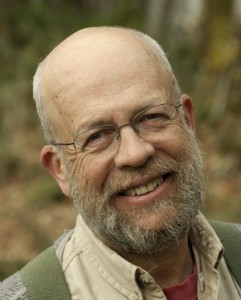Waves pounding on a rocky outcropping, an eagle perched in a fir tree, the sky drenched in pink and orange as the sun slips beyond the horizon. Every writer dreams of a view like this. But is it beneficial? Does it beckon the creative muse? Nudge you into writing faster and better?
In my thirty-plus years as a writer, I’ve worked in many spaces. The first was at a desk in the corner of the living room. My nine-year old stepdaughter had a tough time understanding why she wasn’t supposed to interrupt me.
But I’ve also been lucky enough to write where I had views of water, treed areas and wildlife. I fondly recall the little summer house I rented as a private writing retreat from Shannon and Brian on their island sanctuary in the Nuchatlitz archipelago.
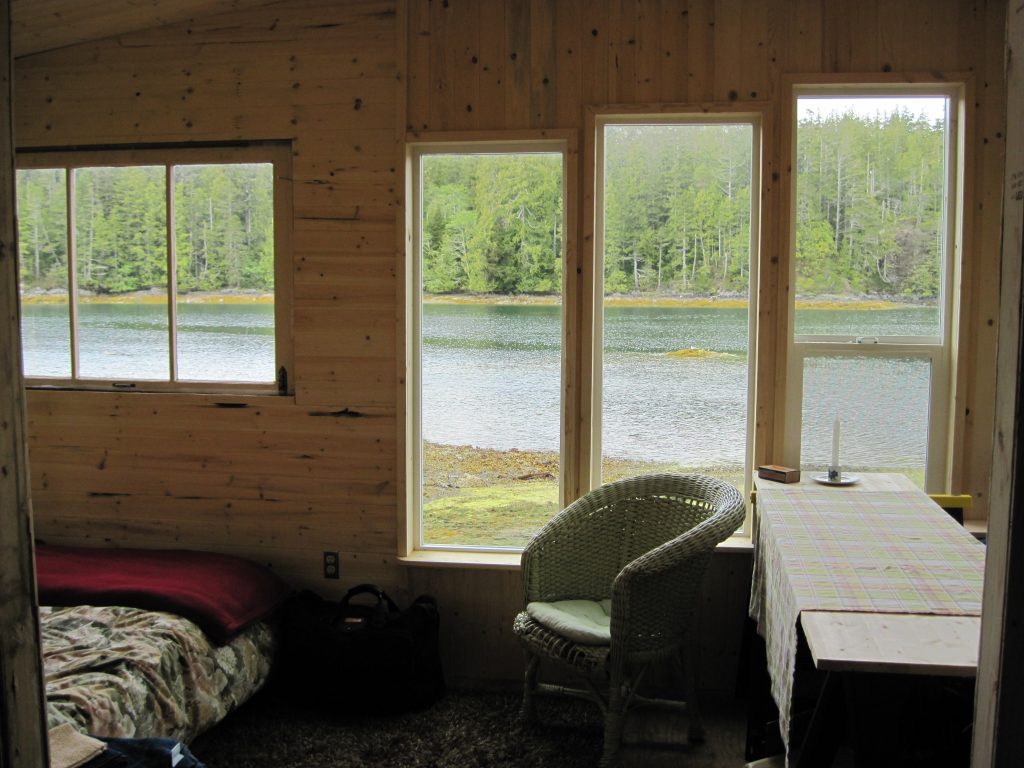
My favourite writing space, however, was in an Arts & Crafts heritage house I lived in for decades. Two huge transom windows provided expansive views of dogwood trees, large flowering shrubs, and maple trees with leaves as big as dinner plates.
Visual memories include a snowfall of pink cherry blossoms, a hummingbird piercing a small owl’s breast with its beak, and a deer licking the inside of a feral rabbit’s ear.
This is where I wrote a weekly arts column for the local newspaper, hundreds of articles for mainstream and alternative magazines and six non-fiction books. But this was not my most productive writing space. That was a tiny room upstairs.
An engrossing book to work on, The Cougar demanded my full attention. The phone and even the sound of my partner walking around in other areas of the house were unwelcome intrusions.
So I took my laptop to the grey room. The only furniture was a bed, a desk and a bookcase. To my delight, I couldn’t hear anything in the rest of the house. And I didn’t have access to the Internet, so another distraction was eliminated.
There was an unexpected quirk, though. The desk faced the window, and I couldn’t work with the light shining in my eyes. There was no room to move the desk, so I closed the blinds. Then I realized that light from the other bedroom shone in the open doorway, creating glare on my screen. I shut the door, only to discover that the light from the overhead fixture also created screen glare. So, I turned it off.
I didn’t know if I could write solely by the light of my laptop screen. But strangely, it worked. I felt like a captain at the helm of a spaceship careening into outer space. I couldn’t hear anything, see anything, or google anything. It was just me and The Cougar. And I wrote up a storm.
The upshot? Having a view to write by is lovely but not necessarily the most effective.
That said, no matter where you shape your stories, it’s always a good idea to periodically give your eyes a break from the screen. That’s the perfect time to find a window with a view. And if you have time, to go outside into it.
Top image is the view from one of the windows in my former heritage house.

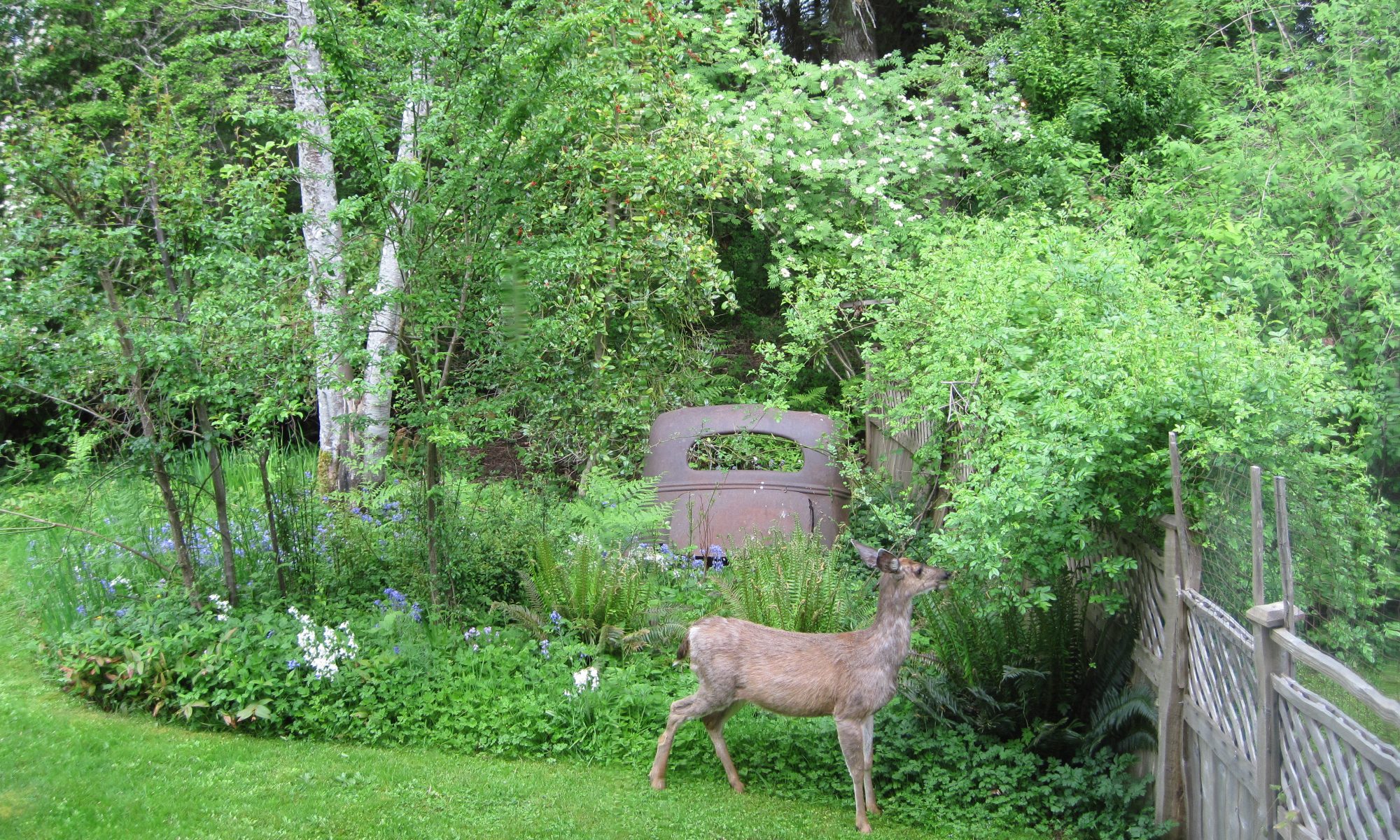
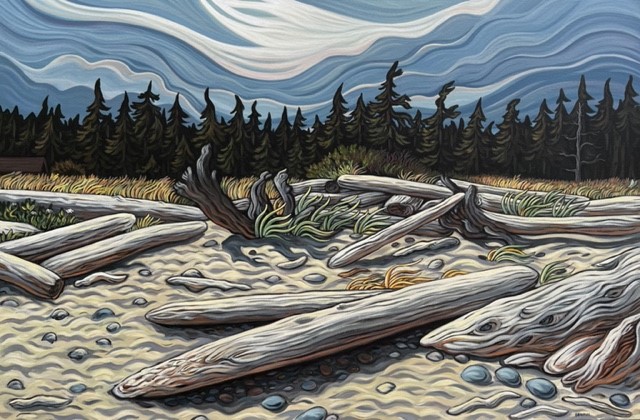
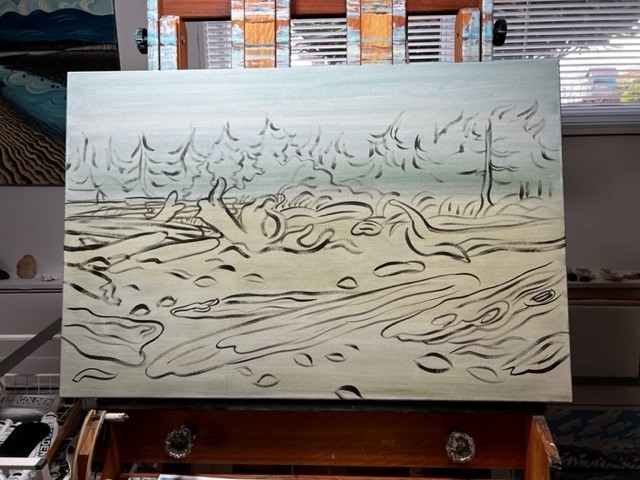

 Then I got to chapter
Then I got to chapter 
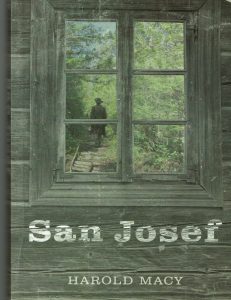 intrigue and insight into the story of Danes attempting to settle the northern tip of Vancouver Island, as well as the beginning of a friendship that has lasted decades.
intrigue and insight into the story of Danes attempting to settle the northern tip of Vancouver Island, as well as the beginning of a friendship that has lasted decades.